The F-35 Fighter Jet represents a significant advancement in military aviation, equipped with state-of-the-art stealth and sensor capabilities. Despite its technological prowess, the aircraft faces ongoing challenges related to reliability and support systems. This exploration into its capabilities and limitations offers a comprehensive look at both the achievements and the areas needing improvement in this cutting-edge fighter.
Contents
Stealth Capabilities
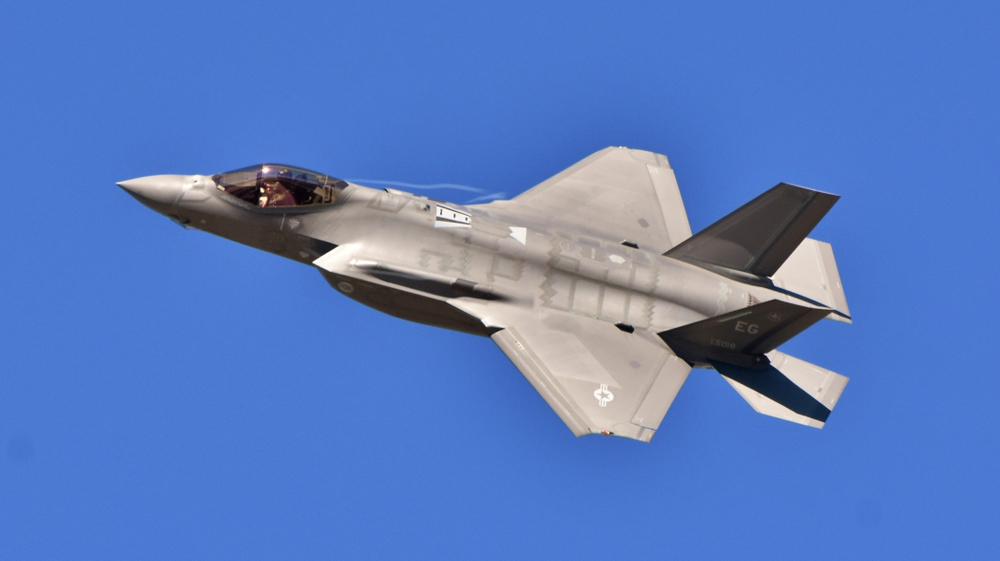
The F-35’s stealth capabilities are among its standout features. Designed to be nearly invisible to radar, the aircraft’s shape, alignment of panels, and radar-absorbent materials work together to minimize its radar cross-section. This allows the F-35 to penetrate enemy airspace without detection, providing a significant tactical advantage in modern warfare by enabling it to strike first and evade enemy air defenses.
Multirole Capabilities
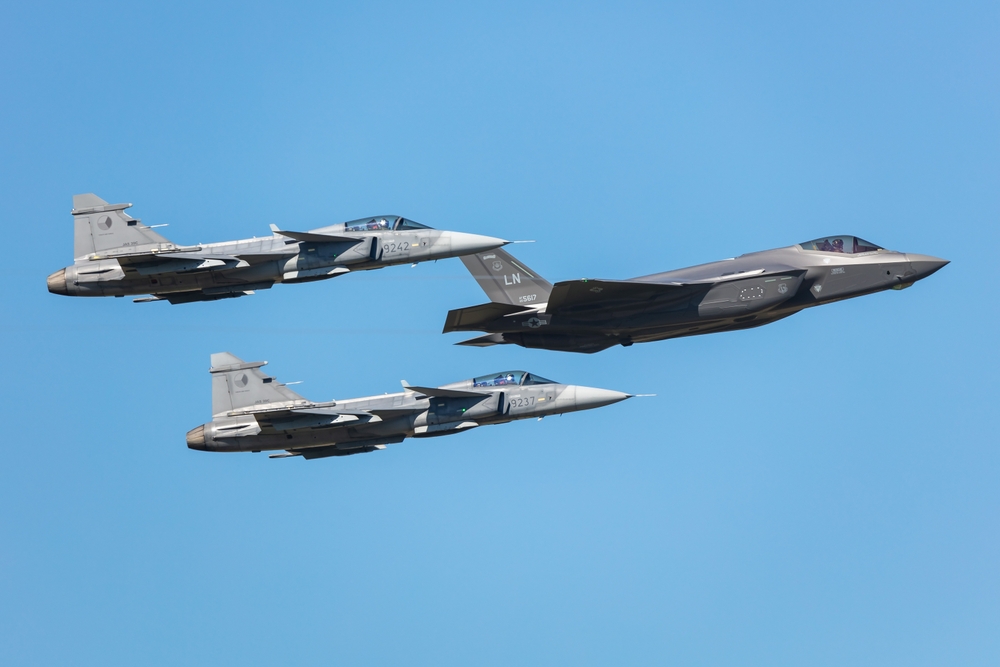
As a multirole fighter, the F-35 is adept at performing a wide range of missions, including air-to-air combat, ground attacks, and intelligence, surveillance, and reconnaissance (ISR). This versatility makes it an invaluable asset to any military, capable of adapting to various combat scenarios and fulfilling multiple roles within a single mission, thereby reducing the need for different types of aircraft in a fleet.
Suitability for Various Mission Types
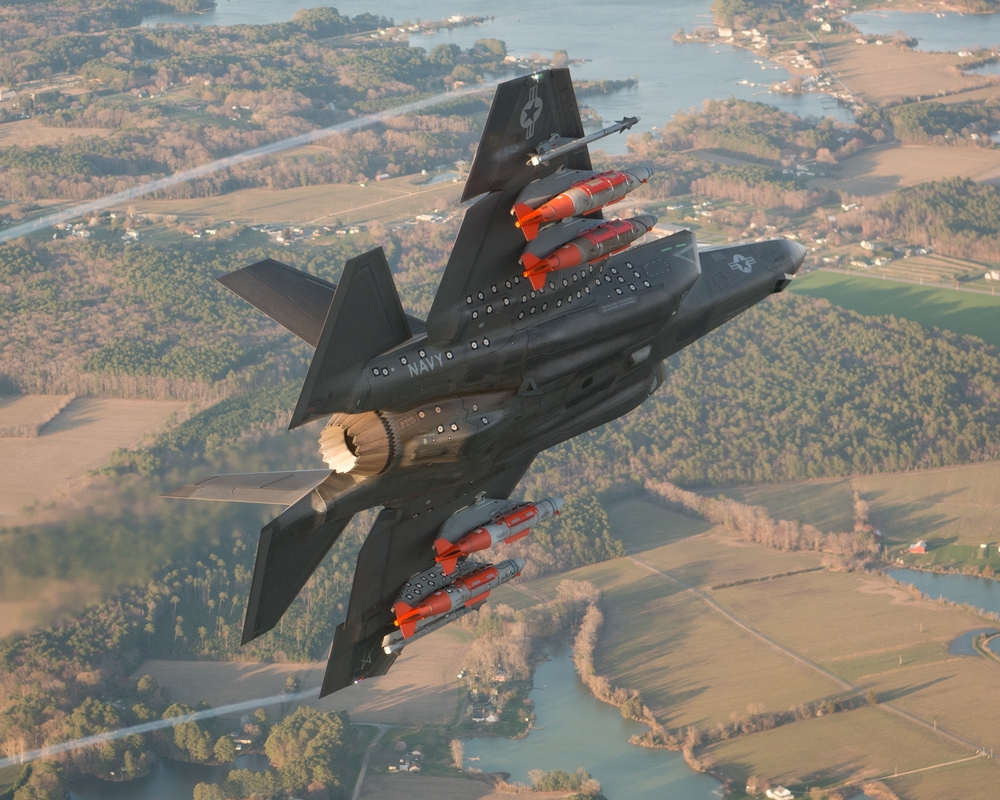
Engineered for flexibility, the F-35 can engage in both air-to-air combat and precision ground attacks effectively. It is equipped with an advanced weapons suite that can be tailored for the mission at hand, including guided missiles and precision bombs. This adaptability ensures that the F-35 remains relevant across a broad spectrum of combat scenarios, from direct dogfights to strategic bombing runs.
Advanced 5th Generation Capabilities
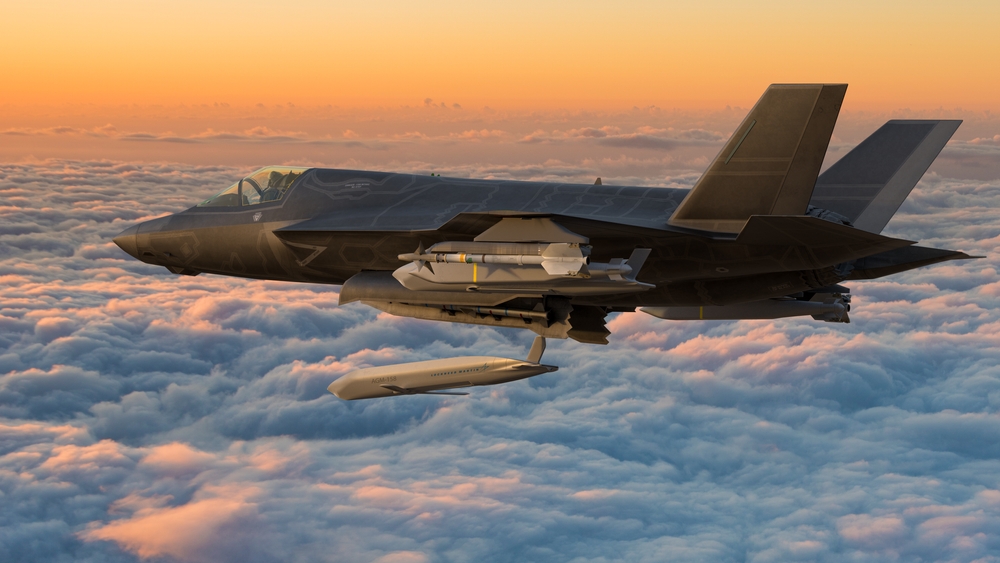
The F-35 embodies the peak of fifth-generation fighter technology with advanced avionics, stealth, and integrated sensor packages that vastly improve situational awareness. Sensor fusion in the F-35 synthesizes data from a variety of sources into a single coherent picture, allowing pilots to track numerous targets and engage them effectively. This technological edge drastically enhances mission effectiveness and pilot safety.
The World’s Most Capable Fighter Jet

Many defense analysts and military officials regard the F-35 as the most capable fighter jet ever built, due to its superior technology, stealth, and multirole capabilities. It sets a new standard in fighter performance, with the unprecedented ability to dominate air superiority and strike missions, reshaping tactics and strategies in air warfare.
Integration with Allied Forces
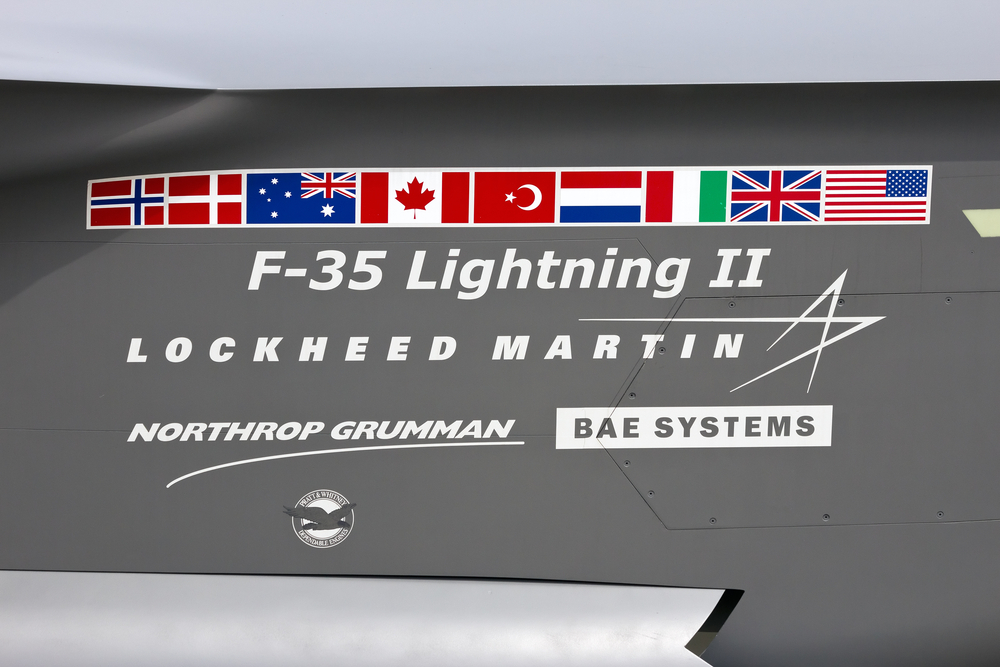
The F-35 program includes international partners and foreign military sales, making it a cornerstone for coalition military operations. Its widespread adoption by U.S. allies enhances interoperability during joint operations, making collaborative missions more seamless and effective. This shared platform fosters military alignment and strategic partnerships.
Technological Innovations
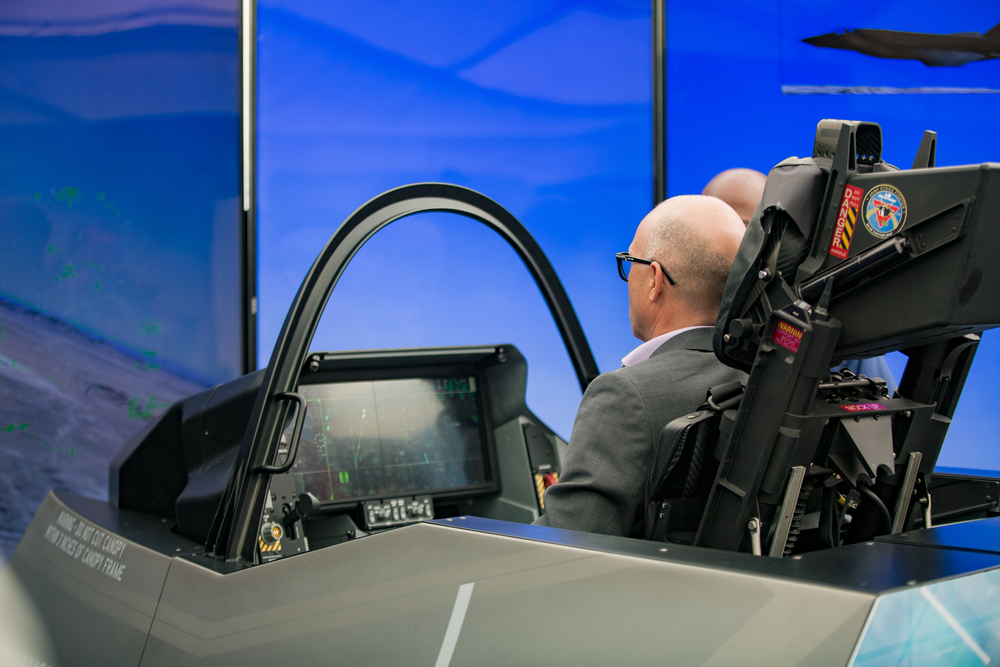
The F-35 integrates numerous technological innovations such as the Electro-Optical Targeting System (EOTS) for precision air-to-ground targeting and the Distributed Aperture System (DAS) that provides pilots with a 360-degree view of their surroundings, enhancing pilot awareness and combat capability in both air-to-air and air-to-ground operations.
Network-Enabled Operations

Designed to function as a part of a networked combat force, the F-35 can share data instantly with other platforms and command centers. This capability enables a connected approach to warfare where each unit is aware of the battlefield situation, contributing to more informed decisions and coordinated actions across all domains of warfare.
Reliability, Maintainability, and Availability Issues
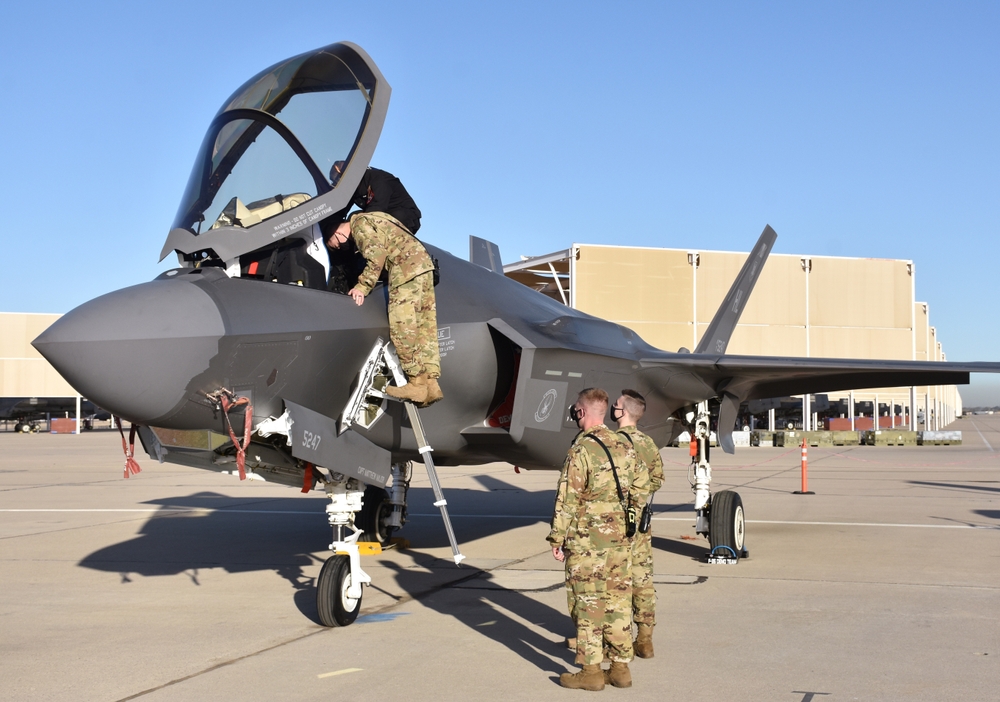
Despite its technological prowess, the F-35 has been plagued by issues related to reliability and maintainability. Reports in 2023 have highlighted these problems, which include frequent maintenance requirements and system malfunctions. These issues detract from its operational availability, leading to concerns over whether the jet can consistently perform at its best when needed.
Criticisms of Operational Structure
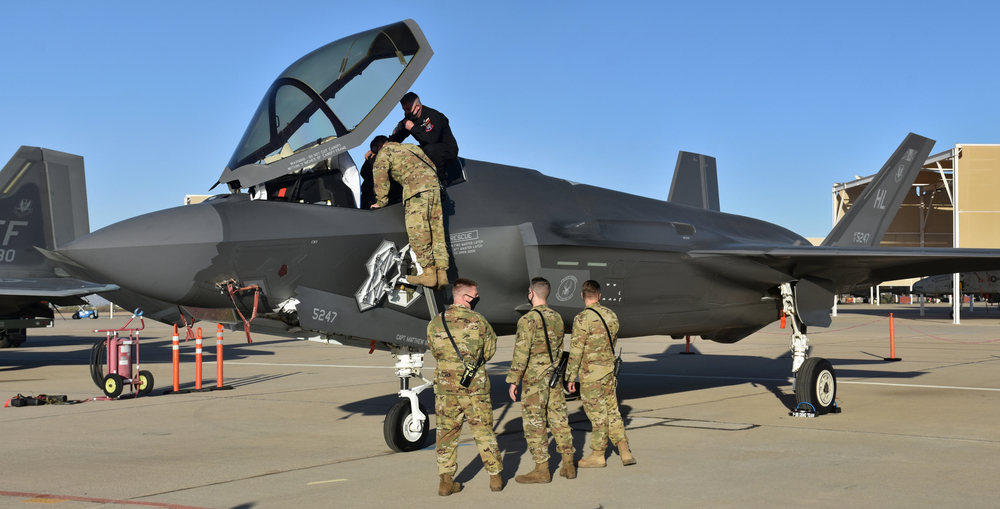
The operational structure of the F-35 program, particularly its logistical framework, has faced criticism for being overly complex and inefficient. Challenges include the need for extensive support infrastructure and the slow process of deploying spare parts, which can hinder rapid deployment and sustained operations in conflict zones.
This article originally appeared on MyCarMakesNoise.
More from MyCarMakesNoise
10 Benefits of Driving Hybrids Over Conventional Cars

In this article, we delve into the multifaceted benefits of hybrid cars, from their impeccable fuel efficiency to their state-of-the-art technologies. Read More.
The Rise and Fall of 8 Promising EV Startups

This article charts the captivating journey of these ambitious ventures, exploring the meteoric rise and unfortunate descent of various EV companies. Read More.
Top 20 Coolest Corvettes Ever Made

The Chevrolet Corvette has long been an icon of American automotive excellence, blending stunning design with incredible performance. Over the years, this legendary sports car has seen numerous iterations, each cooler than the last. Read More.














